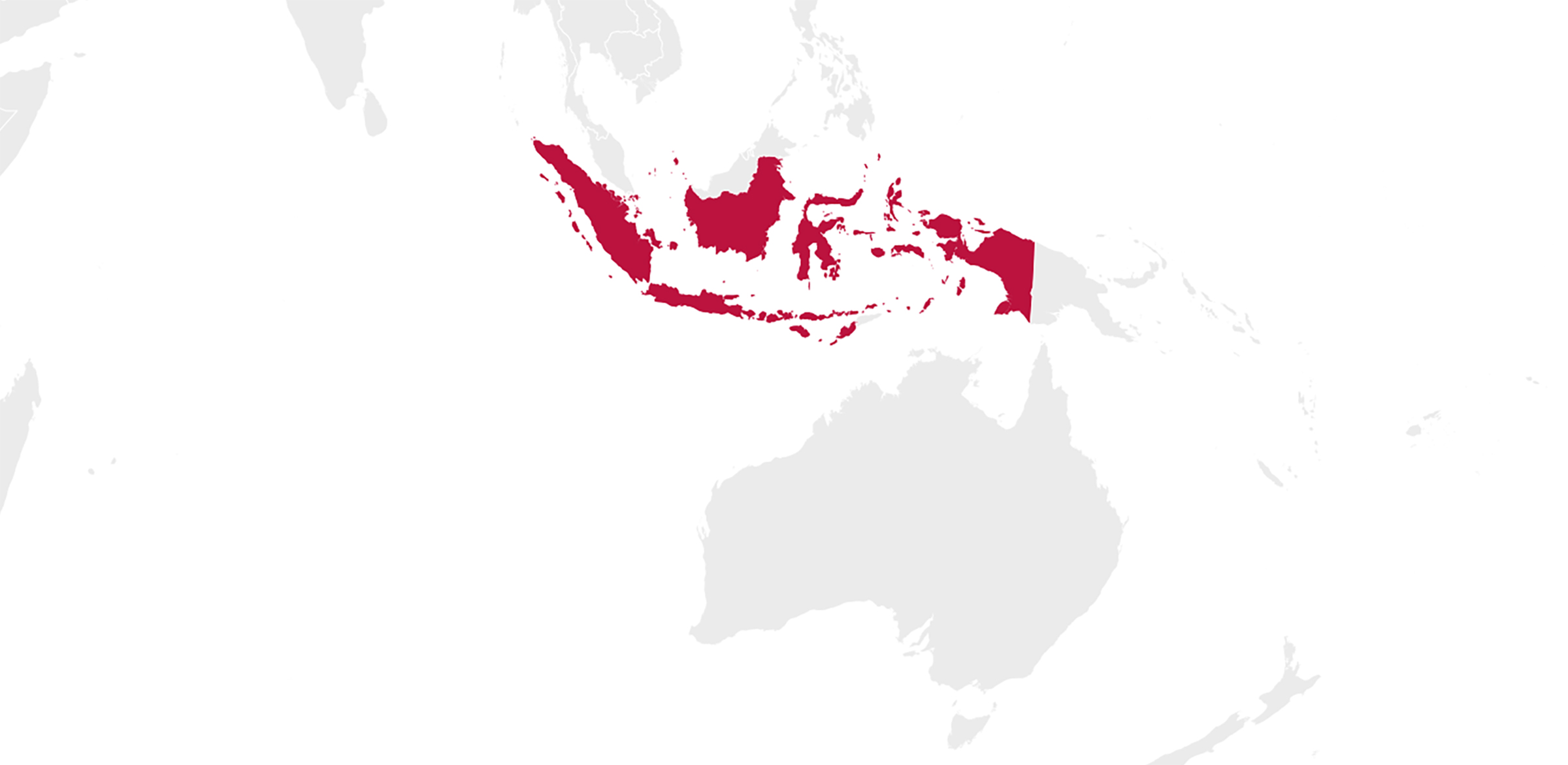
The MCC Board of Directors selected Indonesia as eligible to develop a compact in December 2008. At that time, it was the recipient of the then-largest MCC Threshold Program ($55 million) with activities underway in e-procurement, child immunization, and judicial reform. Indonesia was also increasingly recognized as a key U.S. strategic partner. The administration of President Susilo Bambang Yudhoyono had proposed that Indonesia and the United States enter into a Comprehensive Partnership, which was established in November 2010.[[ The Comprehensive Partnership established a formal framework for enhanced bilateral cooperation in several areas. Details at: https://obamawhitehouse.archives.gov/the-press-office/2010/11/09/joint-declaration-comprehensive-partnership-between-united-states-americ . Viewed October 24, 2018.]] With these windows of opportunity to improve relations, the U.S. government sought to bring significant resources to the new partnership. As Indonesia was developing its compact, another opportunity to reinforce the bilateral relationship emerged. When the U.S. made its pledges to the Copenhagen Accord in December 2009, Indonesia was recognized as a critical partner for climate action, and a potential MCC compact was viewed as a potential important contribution in this sector.
With a population greater than that of all other MCC compact countries combined, more than 17,000 islands spanning 3,181 miles from east to west and 1,094 miles from north to south, an independent, nationally-oriented government, and an expansive economy with large private and donor inflows, Indonesia was unlike any other MCC partner. In this context, MCC worked to ensure that its model and processes guided compact development and implementation. In order to satisfy MCC requirements and keep the compact development process moving forward, Indonesia tapped into an existing effort to analyze the critical constraints to inclusive economic growth by the Asian Development Bank, the Islamic Development Bank, and the International Labour Organization. The analysis identified three critical constraints to economic growth and poverty reduction: (1) inadequate and poor quality of infrastructure, (2) weaknesses in governance and institutions, and (3) unequal access to and poor quality of education.[[Asian Development Bank (2010), Country Diagnostic Studies, Indonesia: Critical Development Constraints. See page 86, Summary, for a statement of the three identified critical constraints to inclusive economic growth.]] At the time, MCC’s investment criteria did not require adherence to these binding constraints, and ideas that fell outside even these broad categories of constraints were raised by a variety of stakeholders.
The GOI consultative process socialized the preliminary results of the constraints analysis and solicited concept notes for projects at 11 regional meetings and one meeting with the private sector in Jakarta. The process resulted in 388 project proposals from individuals, NGOs, private companies, and local governments. A steering committee of notable Indonesians from government, NGOs, the private sector, and academia oversaw the winnowing and consolidation of these proposals into 13 concept papers. While none of the submissions initially met MCC’s criteria for investment, the GOI and MCC agreed to move forward with three themes for project development that had come through strongly in the consultative process and in the concept papers themselves: energy and the environment, access to basic services (education and health), and bureaucratic reform/governance. From these three themes arose the three projects that ultimately comprised the compact: Green Prosperity, Community-based Health and Nutrition to Reduce Stunting, and Procurement Modernization.
Since many promising project ideas emerged through the inclusive consultative process and the steering committee consolidated multiple small projects under thematic umbrellas, the GOI had strong expectations that a diverse set of projects could be funded. A desire to move such a varied set of projects forward greatly impacted the design and breadth of the compact. These expectations played a major role in the design of the Green Prosperity Project, which ultimately funded activities as diverse as female agricultural entrepreneurship, methane capture power generation, vocational education for renewable energy technicians, and participatory village boundary setting—a single project that had a greater breadth of activities than some of MCC’s other compacts in their entireties. Similarly, knowing that an MCC compact would be monetarily small in scale compared to Indonesia’s own public spending, compact development focused on identifying activities that could later be scaled up by GOI or other partners, should their success be demonstrated. Both the GOI and MCC understood that this complexity and innovation would lead to longer project timelines and identified early on the completion risks associated with this approach.
During compact development, the GOI and MCA-Indonesia (the accountable entity responsible for implementing the compact) conducted a wide array of additional consultations with relevant government agencies, donors, private sector, civil society and communities to inform compact-wide and project-specific Environmental and Social Management Systems (ESMS) and a Social and Gender Integration Plan (SGIP). Implementation of the ESMS and SGIP helped ensure adherence to MCC’s Environmental Guidelines and promote the access of women and disadvantaged groups to projects and benefits. MCC’s Board of Directors approved the MCC compact with Indonesia in September 2011 and the compact was signed on November 19, 2011.
At a Glance
- Original Amount at Compact Signing: $600.0 million
- Amount spent: $474 million
- Signed: November 19, 2011
- Entry Into Force: April 2, 2013
- Closed: April 2, 2018

